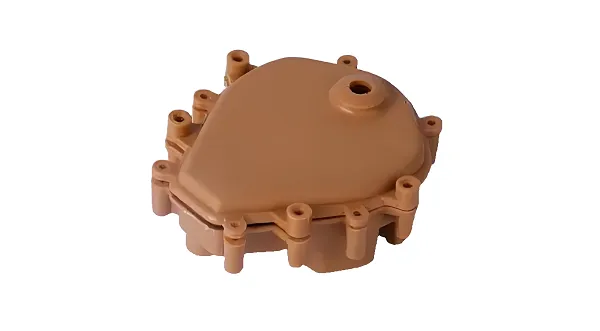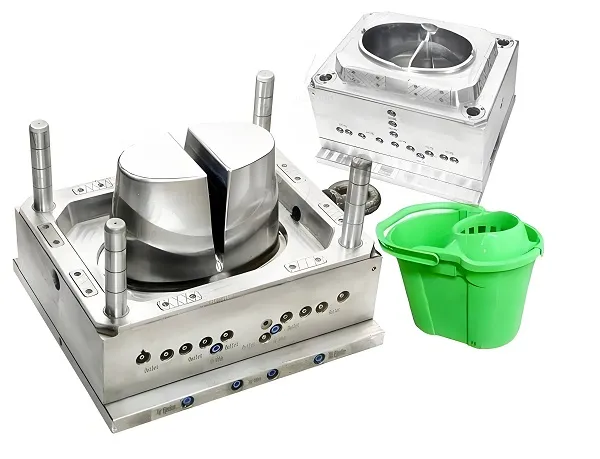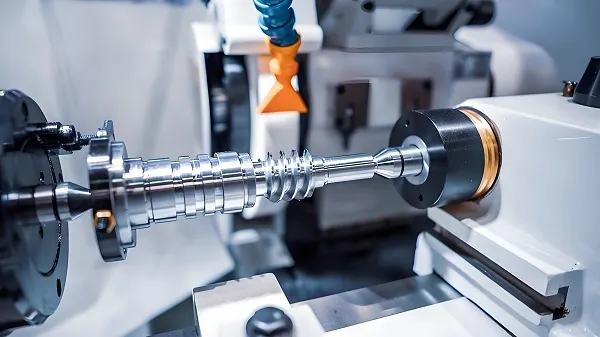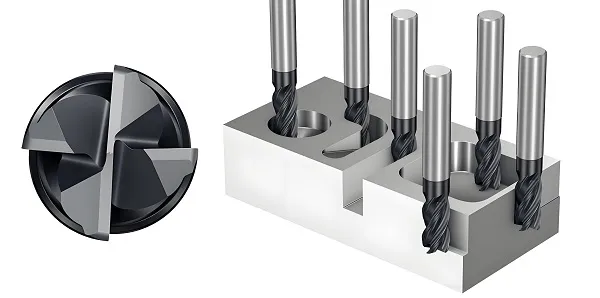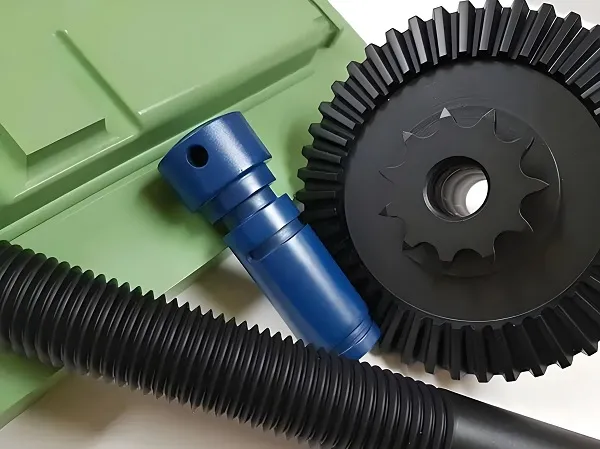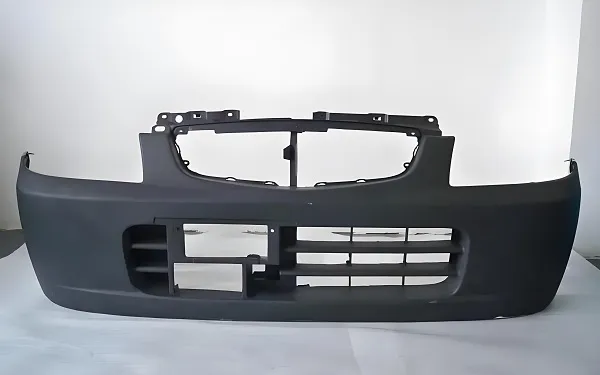I. Why Do Enterprises Need Low-volume Injection Molding?
Traditional injection molding relies on the logic of “large volume to spread out costs”, but market changes in recent years have given rise to more flexible solutions. Data shows that the global low-volume injection molding market size has reached 6.7 billion US dollars in 2024. Three core driving forces are promoting this trend:
Demand for Trial Production Verification: The iterative cycle in fast-moving consumer industries such as consumer electronics and smart home has shortened. 80% of enterprises choose to produce 500 – 5,000 pieces first to test the market response and avoid inventory backlogs. For example, a certain smartwatch brand verified the acceptance of the strap material by users through low-volume production and successfully reduced the return rate by 15%.
Upgraded Demand for Customization: The demand for non-standard parts in industries such as healthcare and automotive is increasing. Take a certain German car company as an example. Through low-volume production of customized dashboard brackets, the cost was reduced by 30% while meeting customers’ demands for lightweight and personalized functions.
Demand for Risk Control: Start-up enterprises or new product development teams can verify design flaws through low-volume trial production. A certain medical device enterprise discovered mold exhaust problems and optimized them through low-volume production of disposable endoscope handles, avoiding the risk of large-scale recalls.
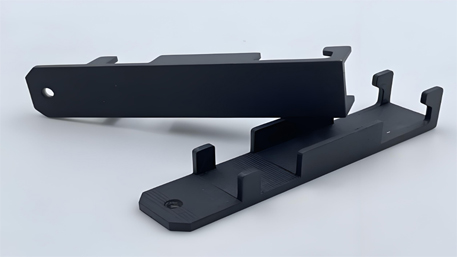
II. The “Cost-Saving Code” and Technological Breakthroughs of Low-volume Injection Molding
Breaking the inherent perception that “small volume = expensive”, technological innovations bring significant cost advantages:
Revolution in Mold Costs:
Material Innovation: The cost of aluminum molds or mild steel molds is 40% – 60% lower than that of traditional steel molds, and their lifespan can reach more than 50,000 times. For example, a certain drone enterprise adopted aluminum molds to produce 2,000 pieces of shells, saving a total cost of 120,000 yuan, while the mold production cycle was shortened from 45 days to 20 days.
Rapid Mold Changing Technology: By adopting standardized mold frames and magnetic mold locking systems, the mold changing time is shortened from 4 hours to 15 minutes, achieving “multiple batches of production in one day”.
Improvement in Material Compatibility:
It supports more than 30 materials such as ABS, PC, nylon, and even bio-based plastics. A certain environmental-friendly tableware enterprise used PLA material for trial production, and the unit cost was only 0.2 yuan higher than that of traditional plastics, and carbon emissions were reduced by 18%.
Application of Spray-Free Materials: By optimizing injection molding temperatures (such as controlling at 180 – 220°C) and pressure parameters, parts with a metallic texture can be directly formed, eliminating the need for post-spraying processes.
Intelligent Upgrade of Processes:
Digital Twin Technology: Virtual mold simulation reduces the number of mold trials by 50%. A certain home appliance enterprise improved the yield rate from 85% to 97% by optimizing the gate design through simulation.
Automated Production: Robotic arms combined with high-precision injection molding machines (±0.01mm error) achieve 24-hour unmanned production, reducing labor costs by 40%.
III. In-Depth Analysis of Industry Application Scenarios
Consumer Electronics:
A certain Japanese headphone brand adopted the “1 mold 4 cavities” process to produce 5,000 pieces of noise-canceling earplugs, with a yield rate of 99.3%, and improved production efficiency by adjusting the holding pressure time (shortened from 8 seconds to 5 seconds).
Automotive Industry:
Tesla’s suppliers completed the delivery of the charging pile shells through low-volume production within 3 weeks, with the unit cost reduced to 8 US dollars, and recycled ABS materials were used to meet environmental protection requirements.
Medical Devices:
A certain enterprise in Guangdong produced disposable endoscope handles. Medical-grade PC materials combined with mold temperature control (constant temperature ±1°C), and the first batch of 1,000 pieces passed FDA certification.
Smart Home:
The smart door lock shell adopts metal insert injection molding technology to integrate the fingerprint module and the plastic shell in one molding, and the waterproof level is raised to IP.
IV. Future Trends: Technological Integration and Ecological Reconstruction
Circular Economy Model:
30% of enterprises have started using recycled plastics. A certain toy manufacturer used recycled ABS to produce samples, reducing carbon emissions by 18%.
Closed-Loop Production System: Waste materials are crushed and directly reinjected, and the material utilization rate is increased from 85% to 98%.
Distributed Production Network:
Regionalized capacity layout (such as Dongguan Jinchen Technology) realizes nearby services, saving logistics costs by 25%, and supports the “on-demand replenishment” model at the same time.
AI-Driven Process Optimization:
Through machine learning to analyze historical production data, the best injection molding parameters (such as melt temperature, injection speed) are automatically recommended. A certain enterprise shortened the process debugging time from 3 days to 4 hours by doing so.
V. Enterprise Selection Guide: Avoid Three Major Misunderstandings
Misunderstanding 1: Blindly Pursuing Low-Price Molds
Precision gears and other parts require the selection of injection molding machines above 180 tons and verification of the hardness of mold steel (HRC52 – 56). A certain enterprise once suffered a loss of over 500,000 yuan due to the use of low-hardness aluminum molds, resulting in a gear size deviation of more than 0.1mm.
Misunderstanding 2: Ignoring Process Compatibility
For the production of transparent parts, the barrel temperature needs to be strictly controlled (such as for PMMA materials, segmented temperature control at 220 – 240°C), and slow injection is adopted to avoid bubbles.
Misunderstanding 3: Underestimating Supply Chain Synergy
High-quality suppliers provide an all-inclusive service of “design – mold – production”. A certain enterprise in Hangzhou shortened the development cycle by 60% through one-stop service and achieved dynamic adjustment of orders every week.
VI. Quality Control and Risk Management
Key Index Monitoring:
Dimensional Stability: Laser scanners are used to detect tolerances (±0.05mm standard).
Mechanical Properties: Tensile strength is spot-checked for each batch (such as ABS requires ≥ 40MPa).
Risk Contingency Plans:
When there is a shortage of materials, alternative materials can be quickly switched (such as using PETG instead of PC), and compatibility needs to be verified in advance.
When orders change temporarily, modular mold design is adopted, and product variants are achieved by replacing inserts.
Conclusion
Low-volume injection molding has upgraded from a “transition solution” to a core productivity tool for enterprises. Through technological breakthroughs (such as digital twins and recycled materials) and model innovations (distributed production and AI optimization), enterprises can respond to market changes at a lower cost and a faster speed. Whether it is for start-ups to test the waters or for large factories to develop segmented products, this methodology is worthy of in-depth layout.

